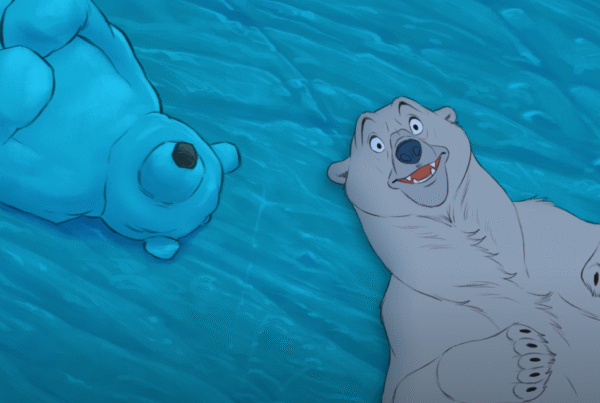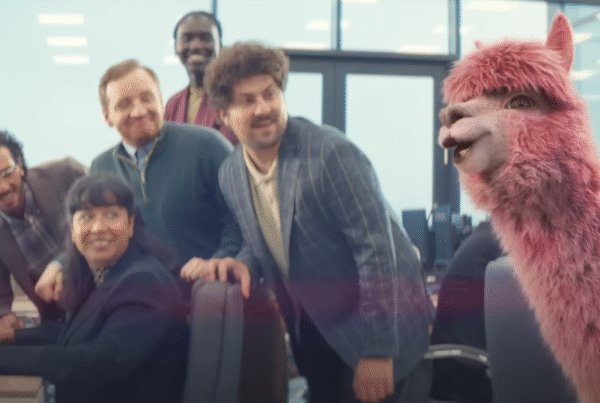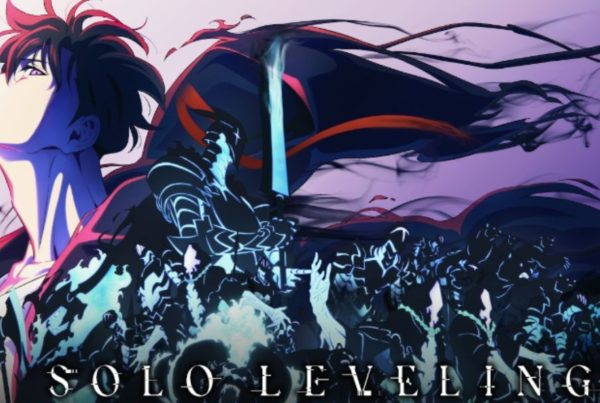Present and Future of Animation: Film, Gaming & Beyond
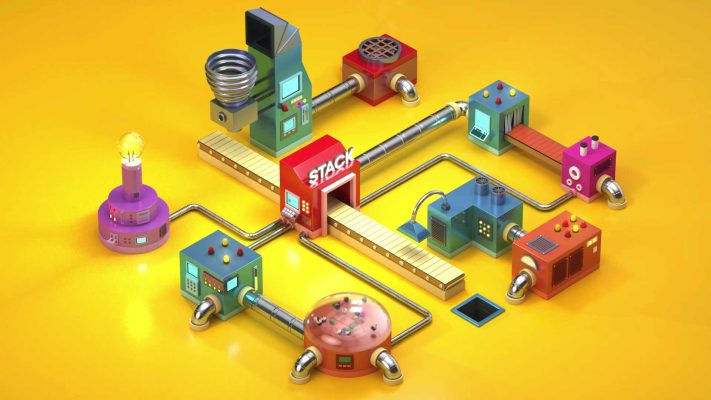
Throughout its history, animation has evolved from simple 2D drawings to hyper realistic 3D creations. In an increasingly competitive environment, the possibilities with animation have never been this diverse. With technological disruptions like AI revolutionising content creation, it’s more important than ever for brands to find innovative ways to connect with their audience – and animation is the perfect solution.
As a leading Singapore animation studio, we strive to stay at the forefront of technological innovations. Animation continues to evolve and today, it’s better, faster and more affordable than ever. With a wide array of animation types, brands can achieve a unique look, especially when partnering with an experienced visual effects studio.
While traditionally associated with film and entertainment, an increasing number of brands are incorporating animation marketing to drive conversions and engagement. But what opportunities does the future of animation hold for you? Let’s find out!
The Progress of Modern Animation
- Started with hand-drawn 2D animation
- Advent of computers popularised CGI
- 3D animation paved the way for more possibilities
In the past, animation was mainly hand-drawn – a laborious and time consuming process. While today’s 2D animation can still retain a classic hand-drawn look, most of the processes would still be digitalised. For the first half of the 20th century, the then-innovative process of cel-shading was used.
Each frame was meticulously drawn on transparent celluloid sheets, like the example shown below.
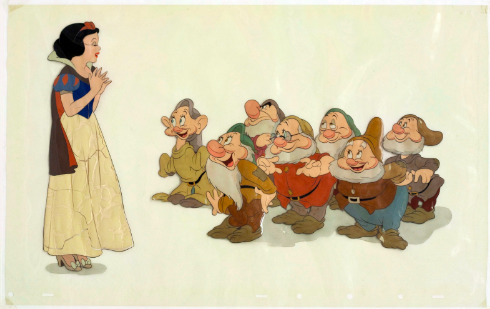
Individual frames had to be hand-drawn and painted before being assembled to create the illusion of movement. This process required a large team and was often an expensive endeavour.
To illustrate the painstaking attention to detail required for cel-animation, here’s a re-creation of a scene from Snow White:
The digitalization of animation has significantly streamlined its process. Animators no longer need to draw each individual frame, as computers have taken over much of the work. In fact, modern animations can be created by animating the first and last frame of each sequence, allowing computers to generate the intermediate frames using the rigging technique.
The advent of computers also enabled the shift from 2D to 3D animation, thanks to the development of computer-generated imagery (CGI). Offering greater depth and realism, 3D animation has expanded the possibilities for storytelling and visual expression.
This meant that modern animation found applications across various industries.
Animation in Film and Entertainment
![]()
From wildly popular adult animation series to classic disney movies, animation is everywhere in the film and entertainment industry. With cutting-edge CGI, imaginary worlds can now look extremely realistic. Groundbreaking creations like the alien planet in “Avatar: Way of Water” boasted CGI so revolutionary that it resulted in several patent filings.

Animation also enabled audiences to visualise the chilling horror of fungi-infected zombies in the critically acclaimed video game “The Last of Us.” While 3D animation is prominently showcased in this industry, 2D animation also thrives, often evoking a sense of nostalgia.

For a 2017 game to look like it was made in the 1930s, “Cuphead” used traditional hand drawn animation and combined it with digital techniques to recreate the old-school look.
As shown in these diverse examples, animation serves a singular purpose across the film and entertainment industry – to tell a captivating story. This compelling form of storytelling is likely why there’s a growing trend of businesses utilising animation in marketing and brand communications.
Benefits of Animation for Businesses
Brand Recall: Animated content can create a strong emotional impact on your audience and boost brand recall.
Product Visualisation: Animation helps your audience better visualise the product, making it more engaging to watch.
Cost-effectiveness: Animation can be more affordable in the long run, eliminating the need for expensive on-location shoots, talent fees, and logistical challenges.
Animation for Businesses
Want your audience to remember your brand? Or perhaps you want your audience to distinguish your brand from your competitors? With animated content, you are more likely to tell a captivating story, which can make a strong emotional impact on your audience and boost brand recall.
Even if it’s just a simple product demonstration, animation significantly elevates the viewing experience. While you can simply film your product, it may not be as engaging for the viewers to watch. In this 3D animated product demonstration, take a look at how you can make any product look visually interesting!
Understandably, the cost-effectiveness of animation is an important concern for most brands. You may be surprised to find that animation can actually be more affordable in the long run! While high-quality animation may require an initial investment, it can be more cost-effective in the long run, as it eliminates the need for expensive on-location shoots, talent fees, and other logistical challenges associated with live productions.
Moreover, with future trends and technology in animation, the process only gets easier.
The Future of Animation
Here’s some ways brands can leverage emerging technologies in animation!
AR & VR for Interactive Content: Virtual reality (VR) and augmented reality (AR) enable businesses to showcase their products and services in immersive and innovative ways.
Data Visualization: Animation can make complex data more engaging and accessible, allowing clients to better understand the value and impact of your offerings.
Cloud-Based Animation Platforms: Cloud-based platforms like Toon Boom Harmony, Adobe Animate, and Blender facilitate real-time collaboration and streamline project management for animators and clients.
Using AR & VR for Interactive Content

The integration of emerging technologies such as virtual reality (VR) and augmented reality (AR) in animation will create new avenues for brands to engage with their clients. These technologies will offer immersive experiences, enabling businesses to showcase their products and services in novel ways.

For one of our own CraveFX projects, we created an AR experience for Thermofisher as a tool to allow their potential customers to learn and experience how their Bigfoot Machine carries out the blood cell sorting process.

Another example of excellent use of AR & VR content to engage viewers is IKEA’s Place app. Launched in 2019, IKEA’s Place app allows users to virtually position IKEA furnishings within their own spaces. Featuring true-to-scale 3D animated furniture, the app significantly aids users in visualising how the items will fit in their homes. Ultimately, AR offers an immersive shopping experience from the comfort of users’ homes, which can contribute to increased conversions.
Data Visualization
As data becomes even more complex, more brands will attempt to communicate them through bite-sized, easily digestible content. By using animation to visualise data, brands can make their content more engaging and accessible, allowing clients to better understand the value and impact of their offerings.
Check out this animated infographic to see how you can simplify complex data for your audience!
Cloud-Based Animation Platforms
As remote work and global collaborations become increasingly prevalent, there is a growing demand for platforms that enable seamless teamwork in the animation industry. These cloud-based animation platforms allow animators to work with remote teams in real-time, significantly enhancing efficiency and productivity.
Examples of such platforms include Toon Boom Harmony and Adobe Animate, which facilitate real-time collaboration and streamline project management. Clients also benefit from these platforms, as they provide a more transparent collaborative process when working with animation companies, making communication and feedback easier and more efficient.
What Does The Future of Animation Hold For You?
Want to learn more about how you can leverage the latest trends in animation? Contact us!

